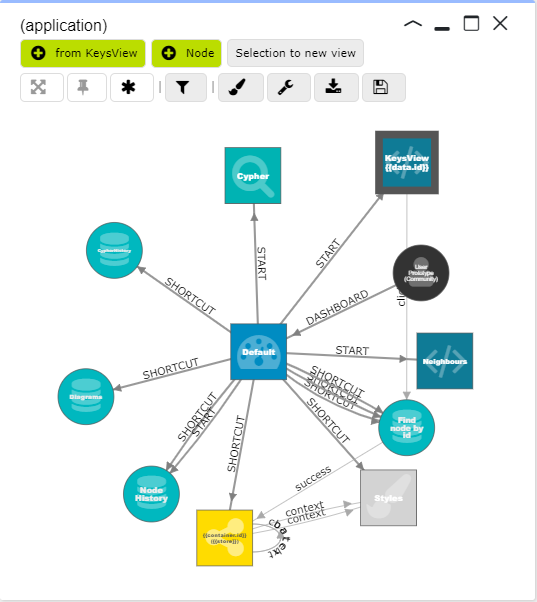

MySQL) containing all the data needed for a client to "work" (world data, objects, players, items etc.) I want to (if possible and feasible) simply use a socket server with a persistent storage (Ex. Now this may sound strange, but please read on (or yell out with a comment, saying "NOOOOOOOO!". Reddit Logo created by /u/big-ish from /r/redditlogos!ĭoesn't require unity on the server side? Long series.ĬSS created by Sean O'Dowd, Maintained and updated by Louis Hong /u/loolo78 Favors theory over implementation but leaves source in video description. Normally part of a series.Īlmost entirely shader tutorials. Lots of graphics/shader programming tutorials in addition to "normal" C# tutorials. Using Version Control with Unit圓d (Mercurial) Related SubredditsĬoncise tutorials. Unity Game Engine Syllabus (Getting Started Guide)ĥ0 Tips and Best Practices for Unity (2016 Edition) Lots of professionals hang out there.įreeNode IRC Chatroom Helpful Unit圓D Links Use the chat room if you're new to Unity or have a quick question. Please refer to our Wiki before posting! And be sure to flair your post appropriately. Remember to check out /r/unity2D for any 2D specific questions and conversation! A User Showcase of the Unity Game Engine. The Scripting Reference documentation shows an example of how an object can be instantiated manually on every client with an RPC function and then the NetworkViewID manually set with AllocateViewID.News, Help, Resources, and Conversation. However, you can manually set the NetworkViewID values for each Network View by using Network.AllocateViewID. It will all work automatically behind the scenes. If you use Network.Instantiate() to create your Networked objects, you do not need to worry about allocating Network Views and assigning them yourself appropriately. More details about using Network Views in the Editor can be found on the Network View Component Reference page. Using this, Unity can find the right Network View, unpack the data and apply the incoming packet to the Network View’s observed object. It is represented as a 128 bit number but is automatically compressed down to 16 bits when transferred over the network if possible.Įach packet that arrives on the client side needs to be applied to a specific Network View as specified by the NetworkViewID. Technical DetailsĪ Network View is identified across the network by its NetworkViewID which is basically just a identifier which is negotiated to be unique among the networked machines.
#UNITY NETWORKVIEW OVERHEAD MANUAL#
More information about Remote Procedure Calls can be found on the RPC manual page. Instead, you can use a remote procedure call to tell the clients or server to perform operations like this. Since events like this are infrequent, it does not make sense to synchronize the state of the involved objects.


There are some situations where you would not want the overhead of synchronizing state between clients, for example, when sending out the position of a new object or respawned player. This concept is known as state synchronization and you can read about it further on the State Synchronization page. These changes are then shared to the other clients on the network to ensure the change of state is noted by all of them. Network Views keep watch on particular objects to detect changes. They allow two kinds of network communication: State Synchronization and Remote Procedure Calls. Network Views are the main component involved in sharing data across the network. This information is for legacy projects using the old networking system.) (For new projects, you should use the new networking system introduced in 5.1.


 0 kommentar(er)
0 kommentar(er)
